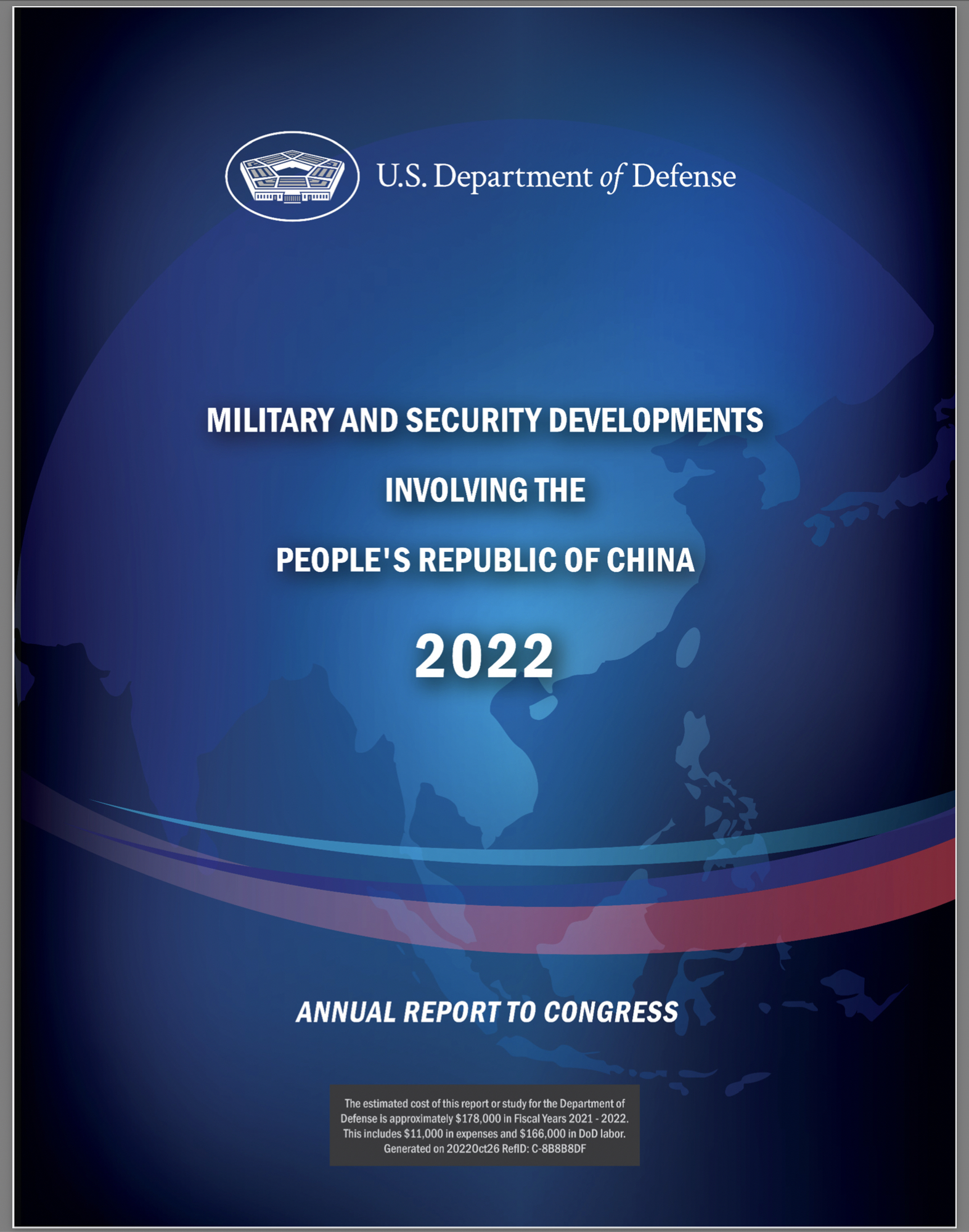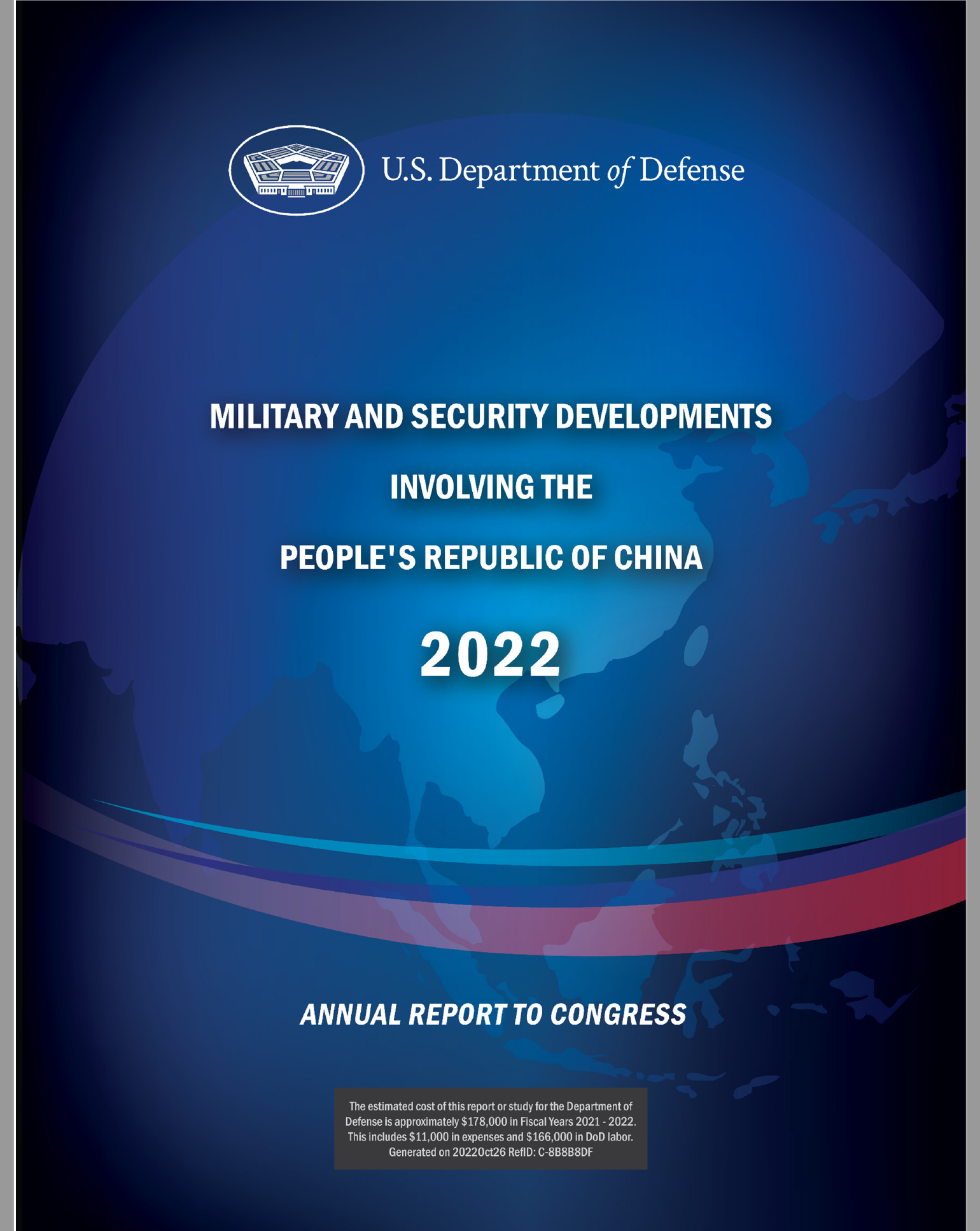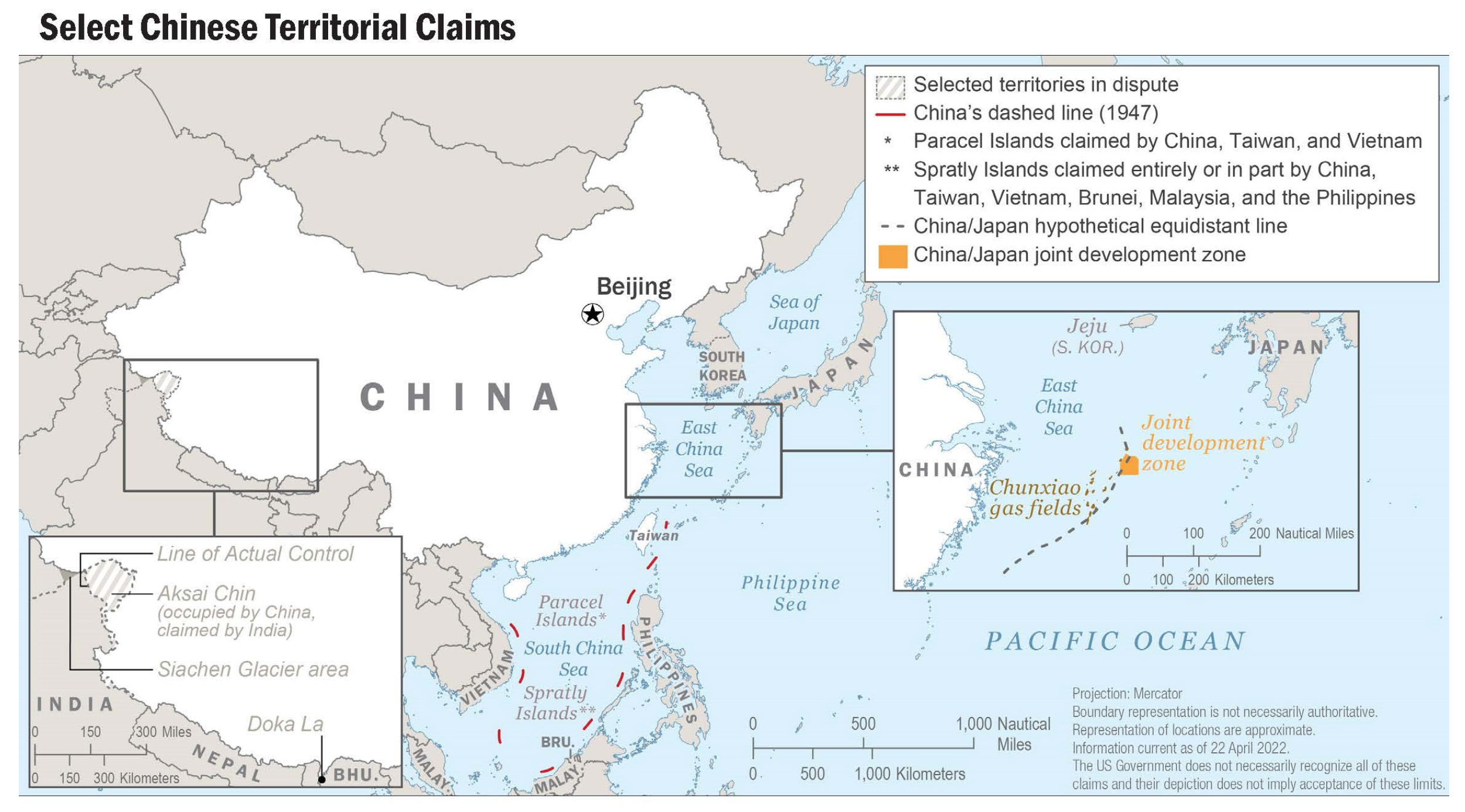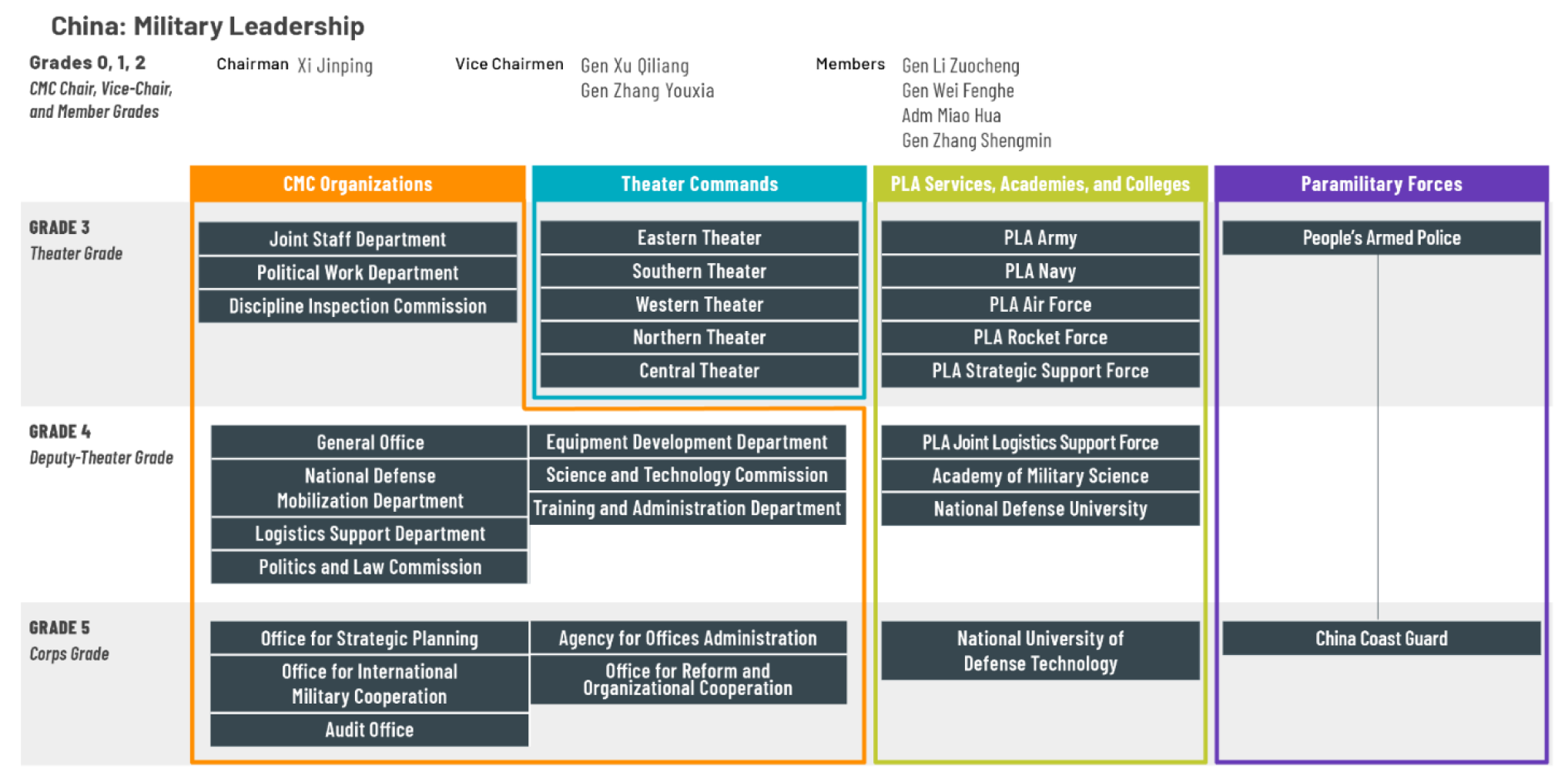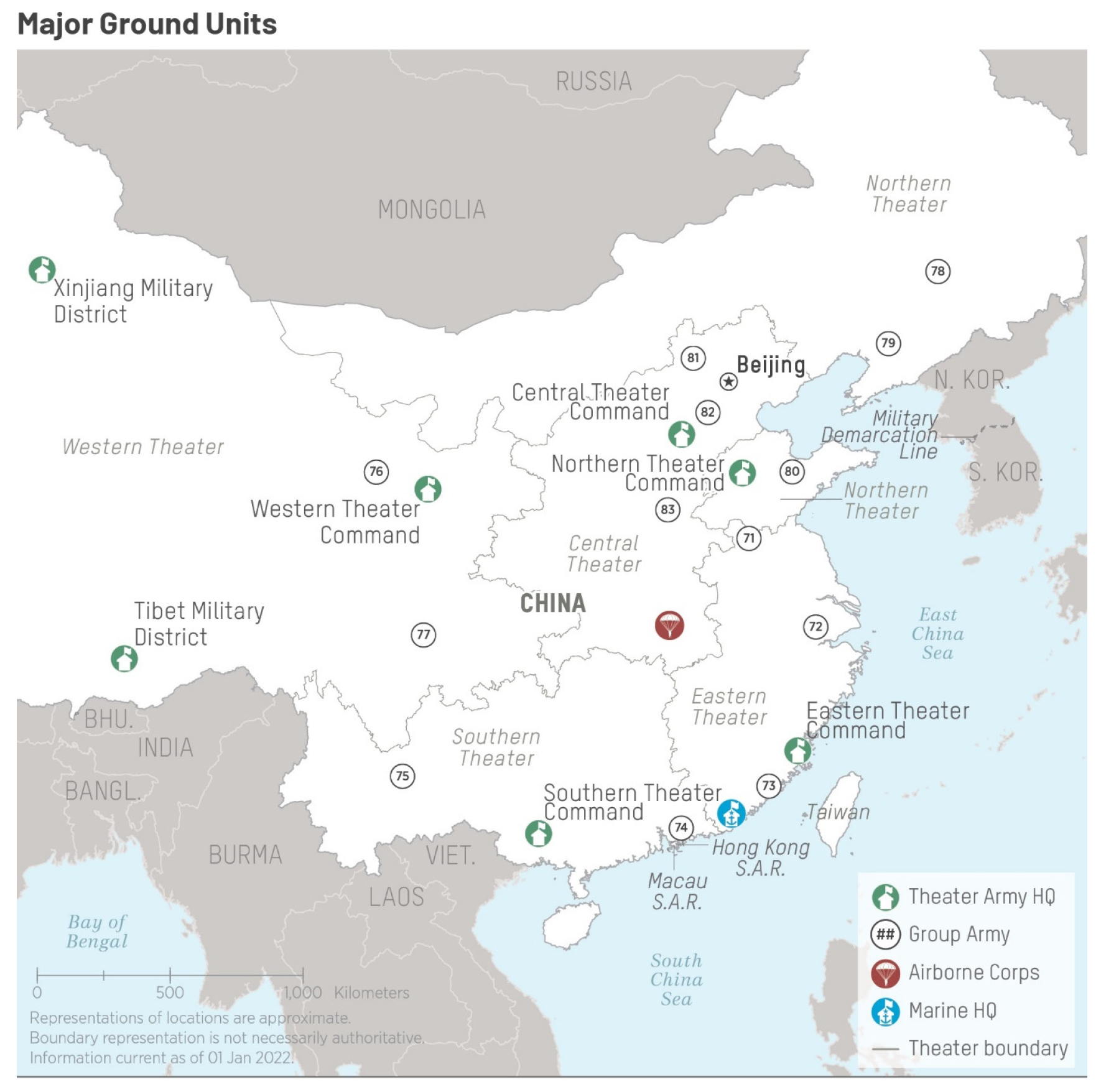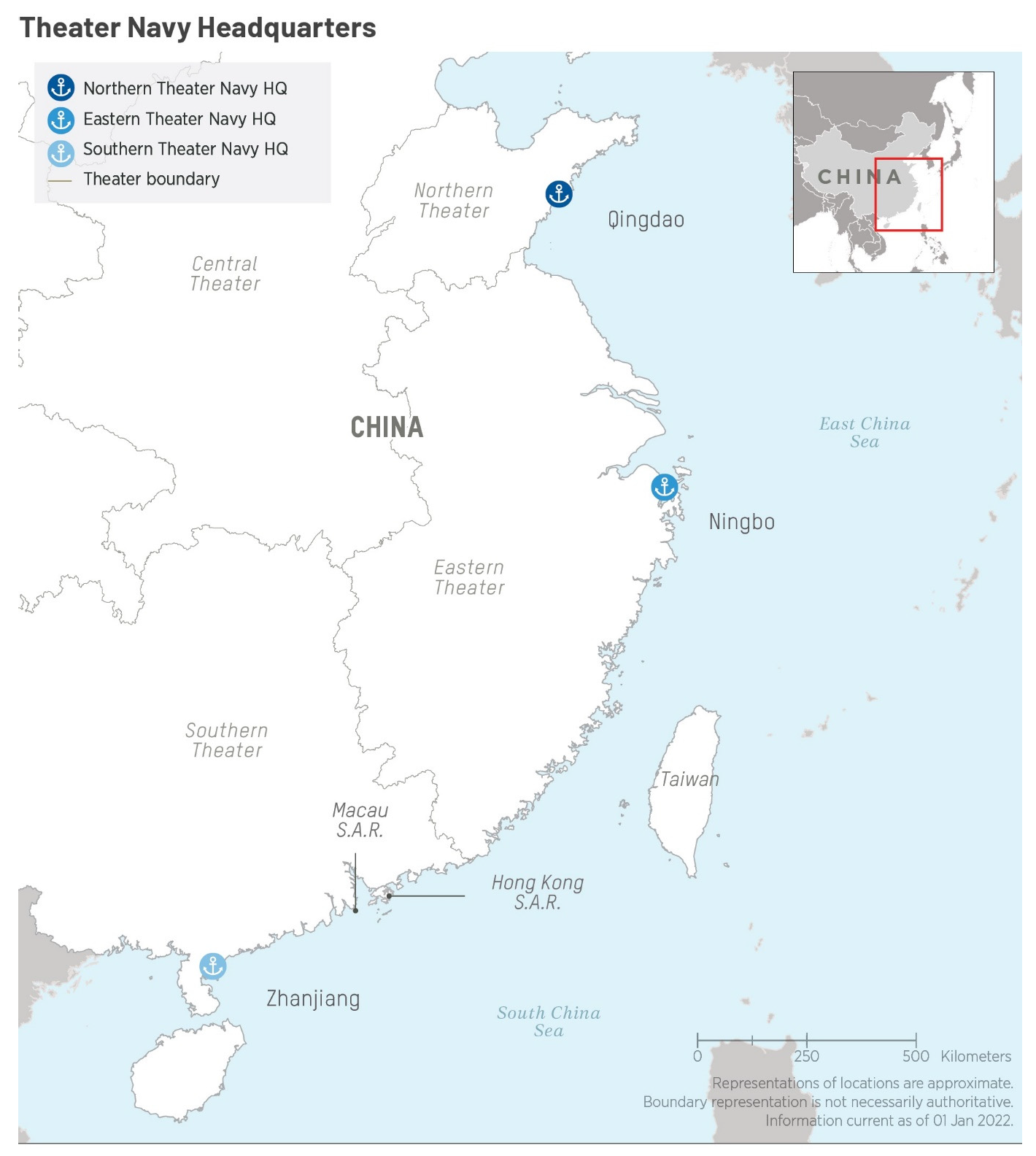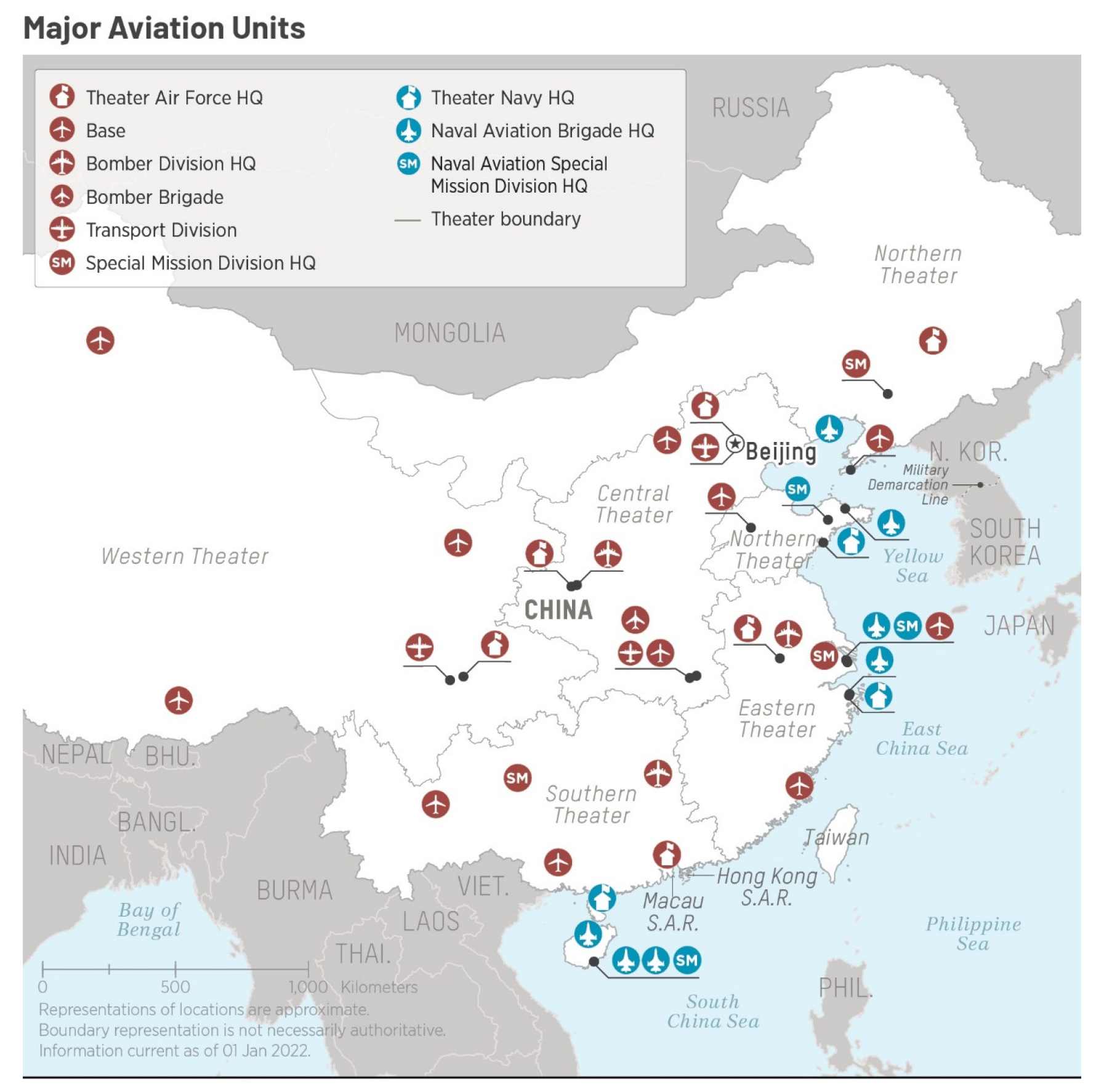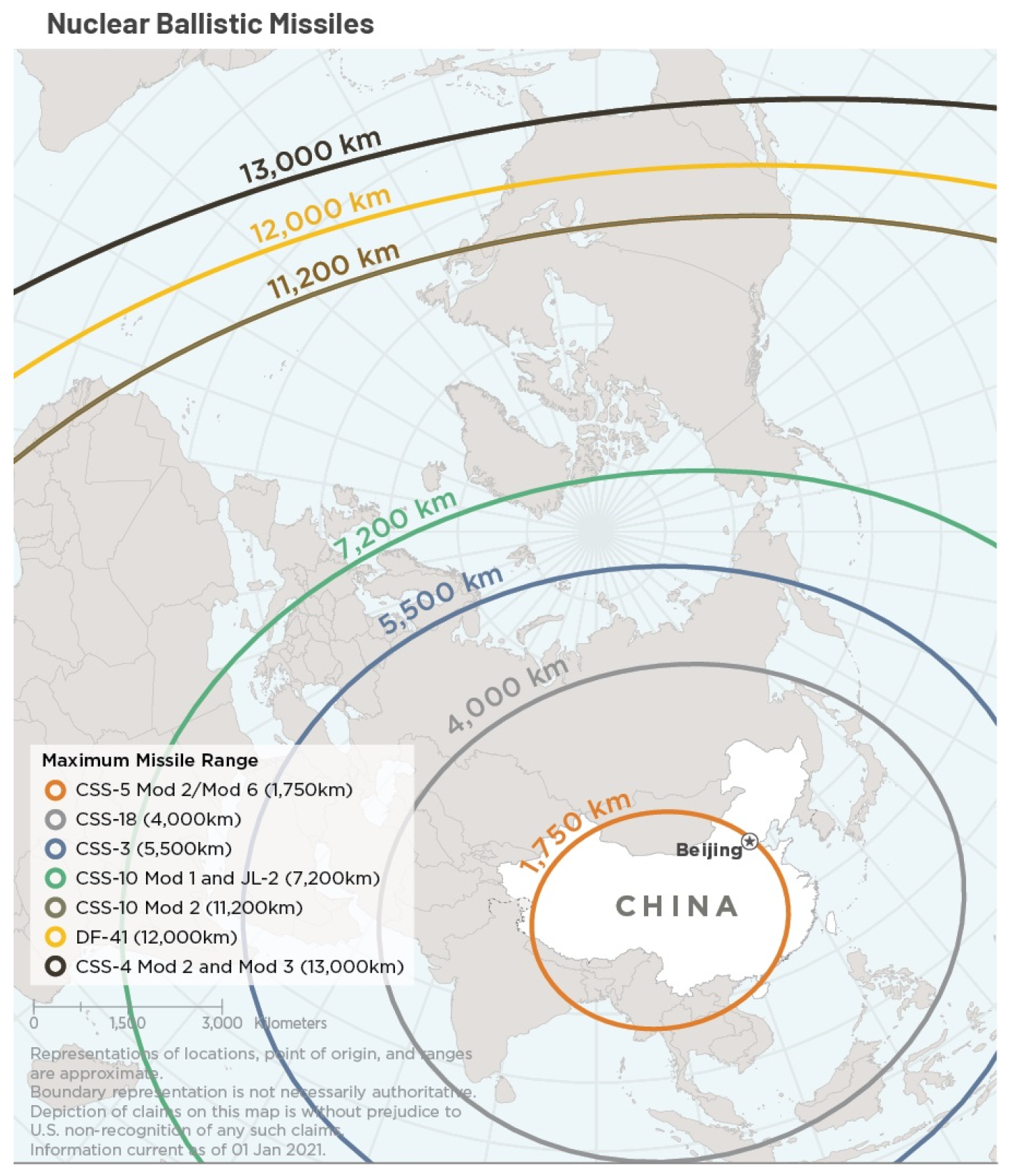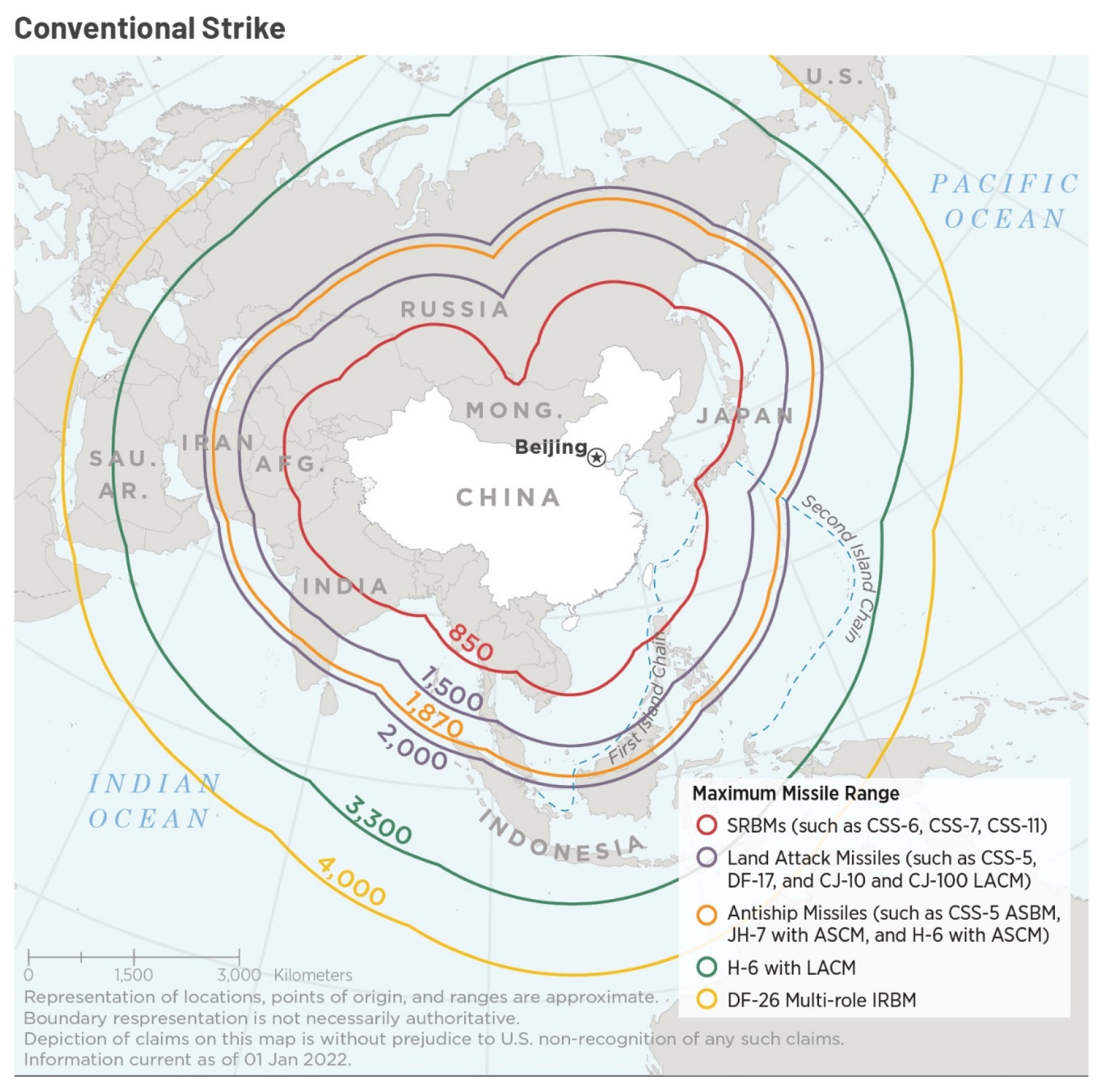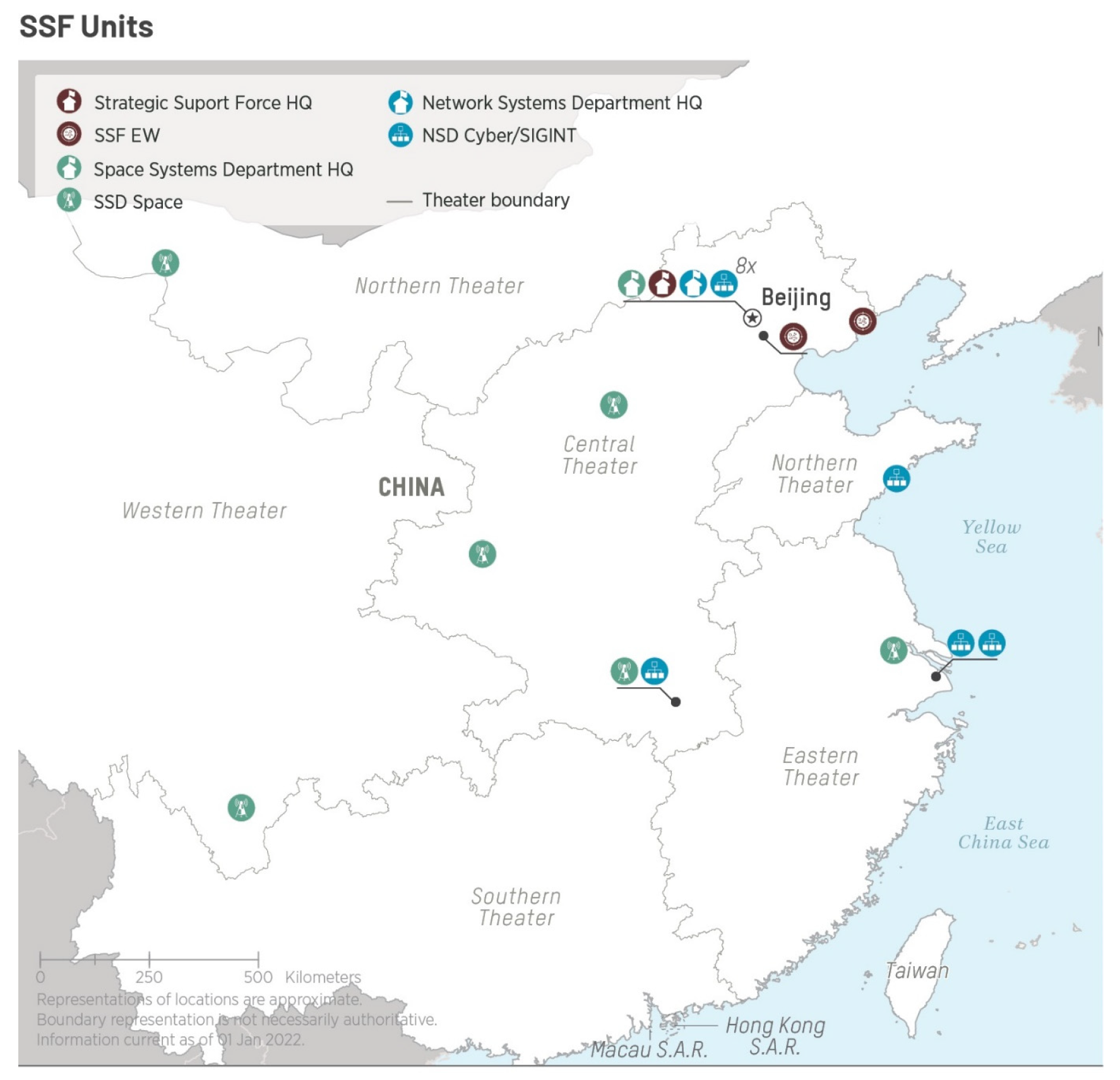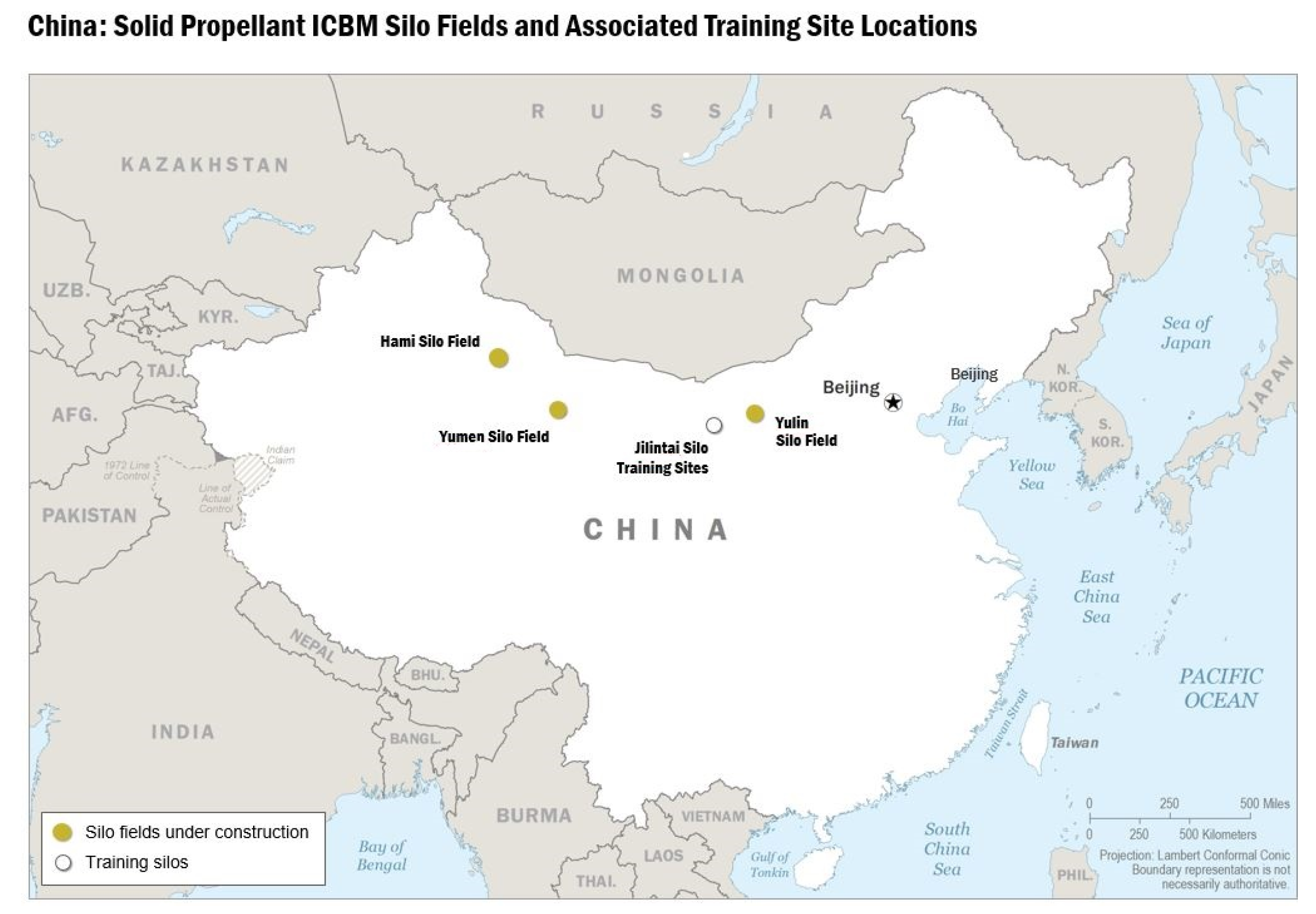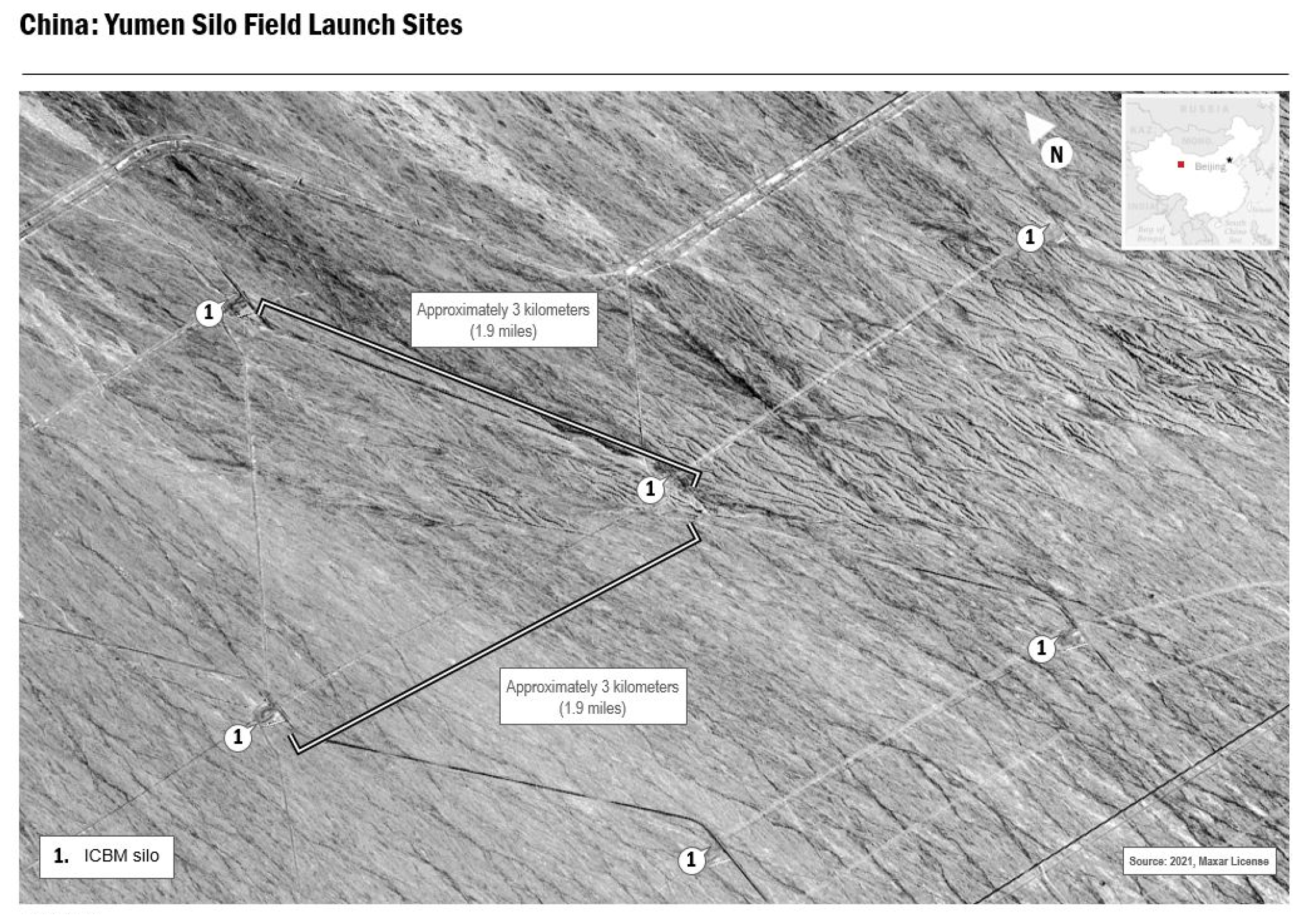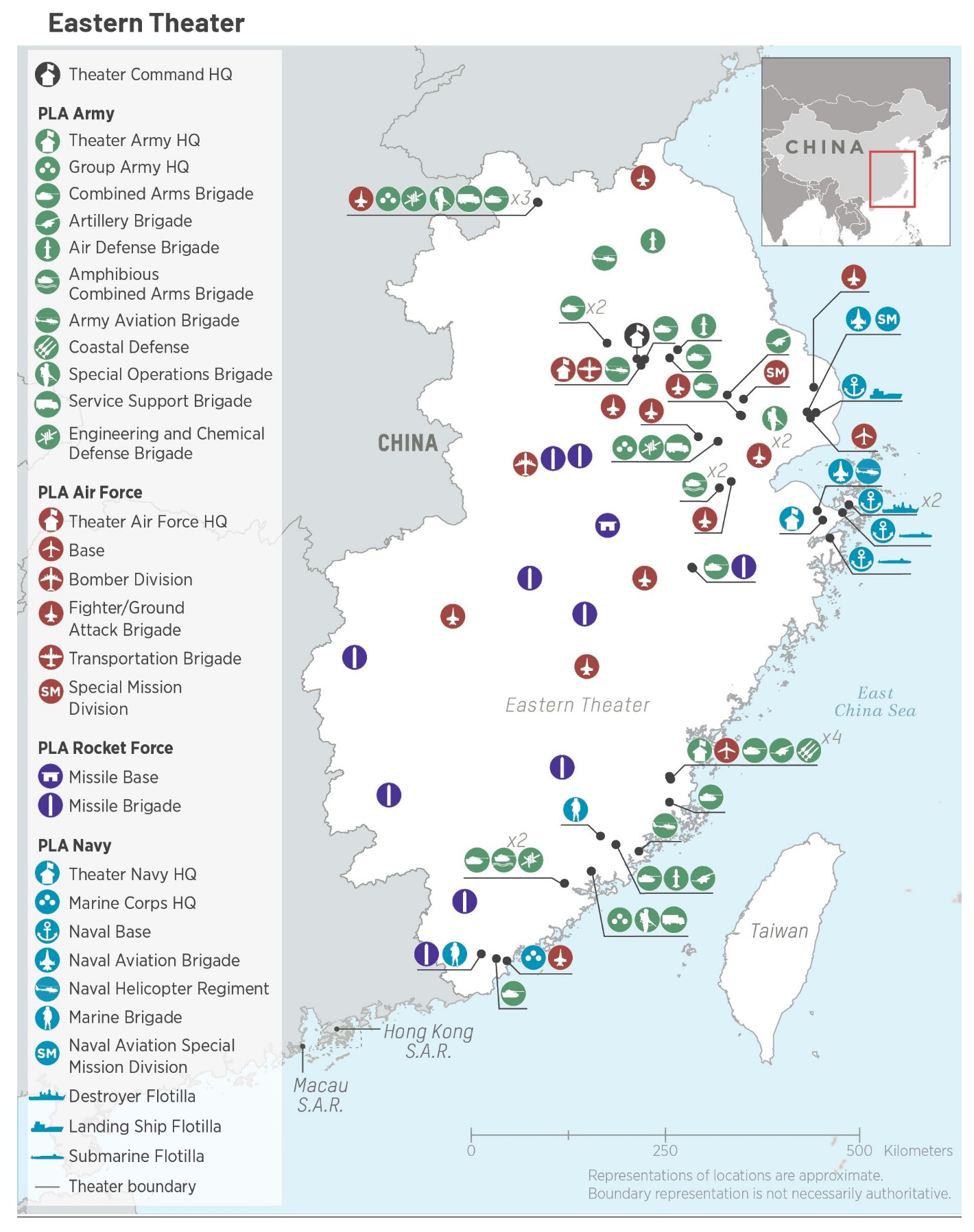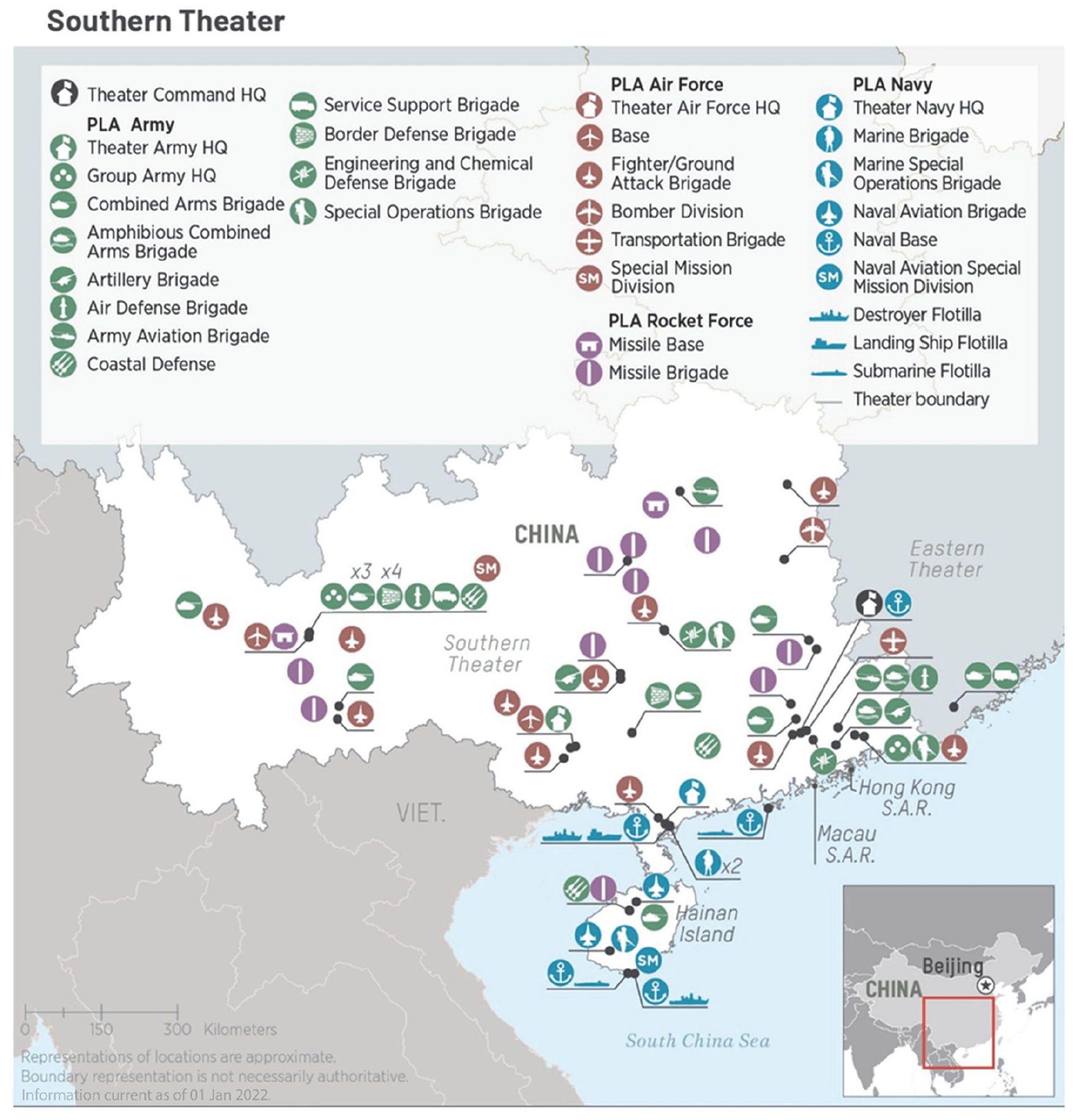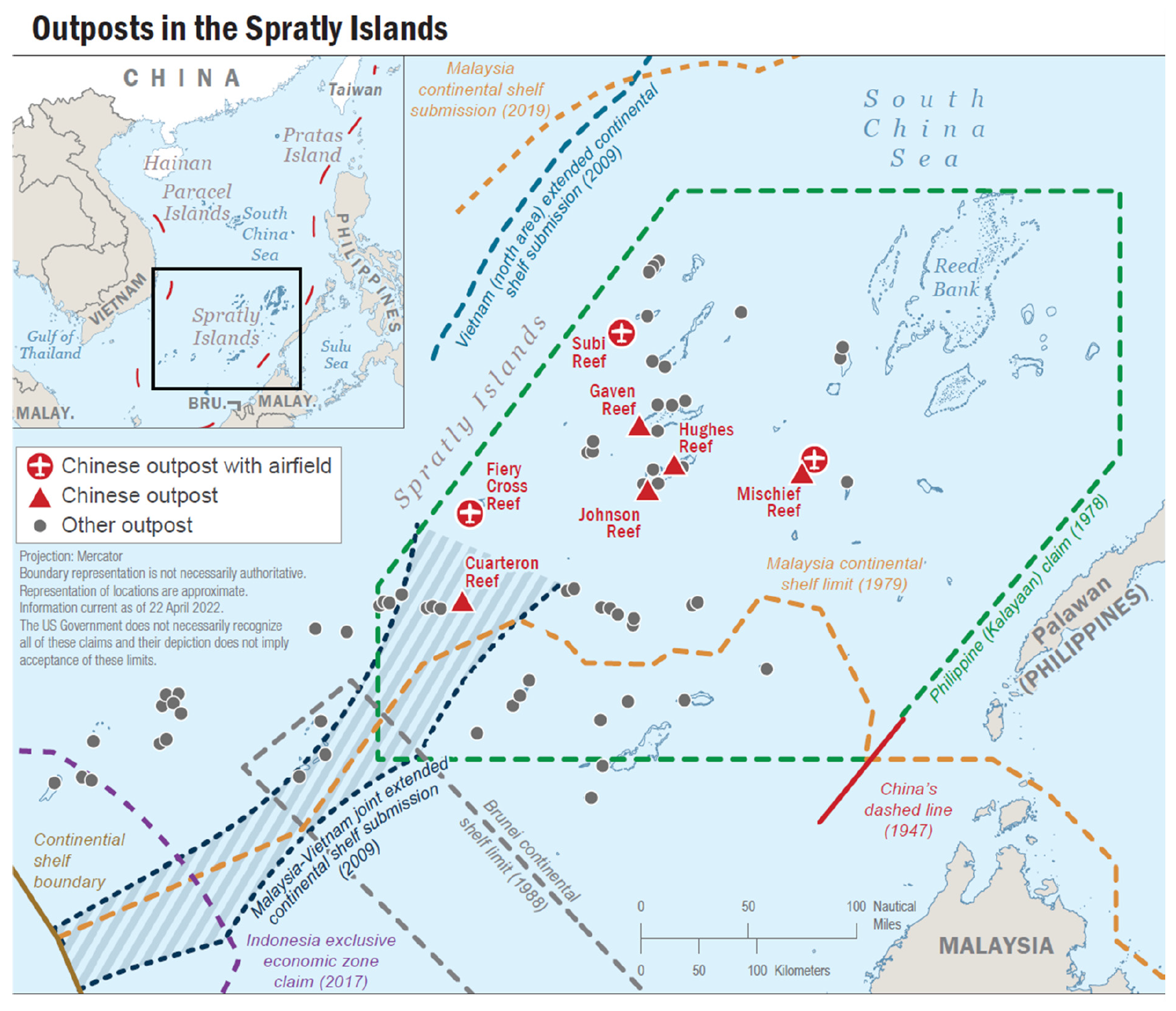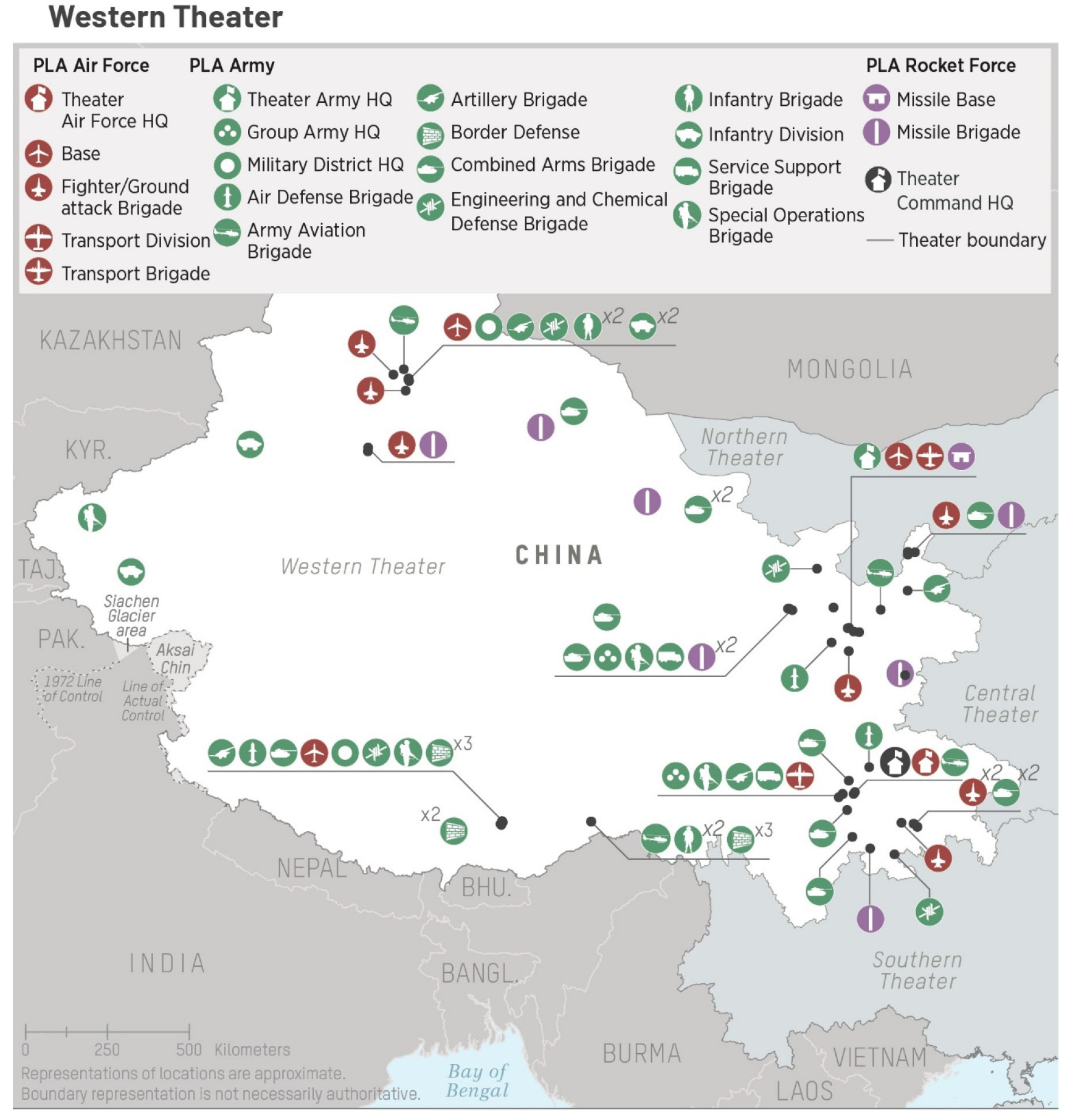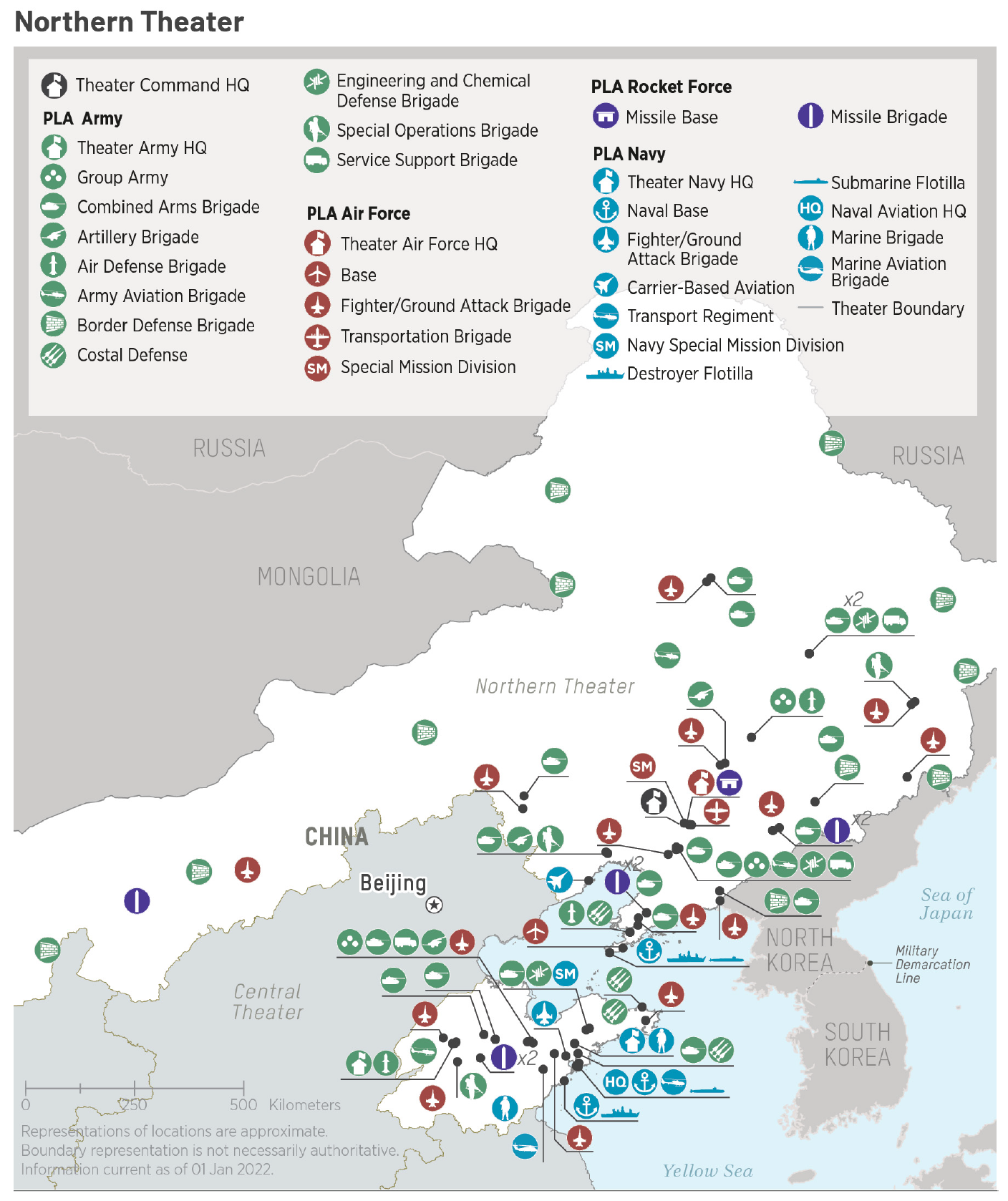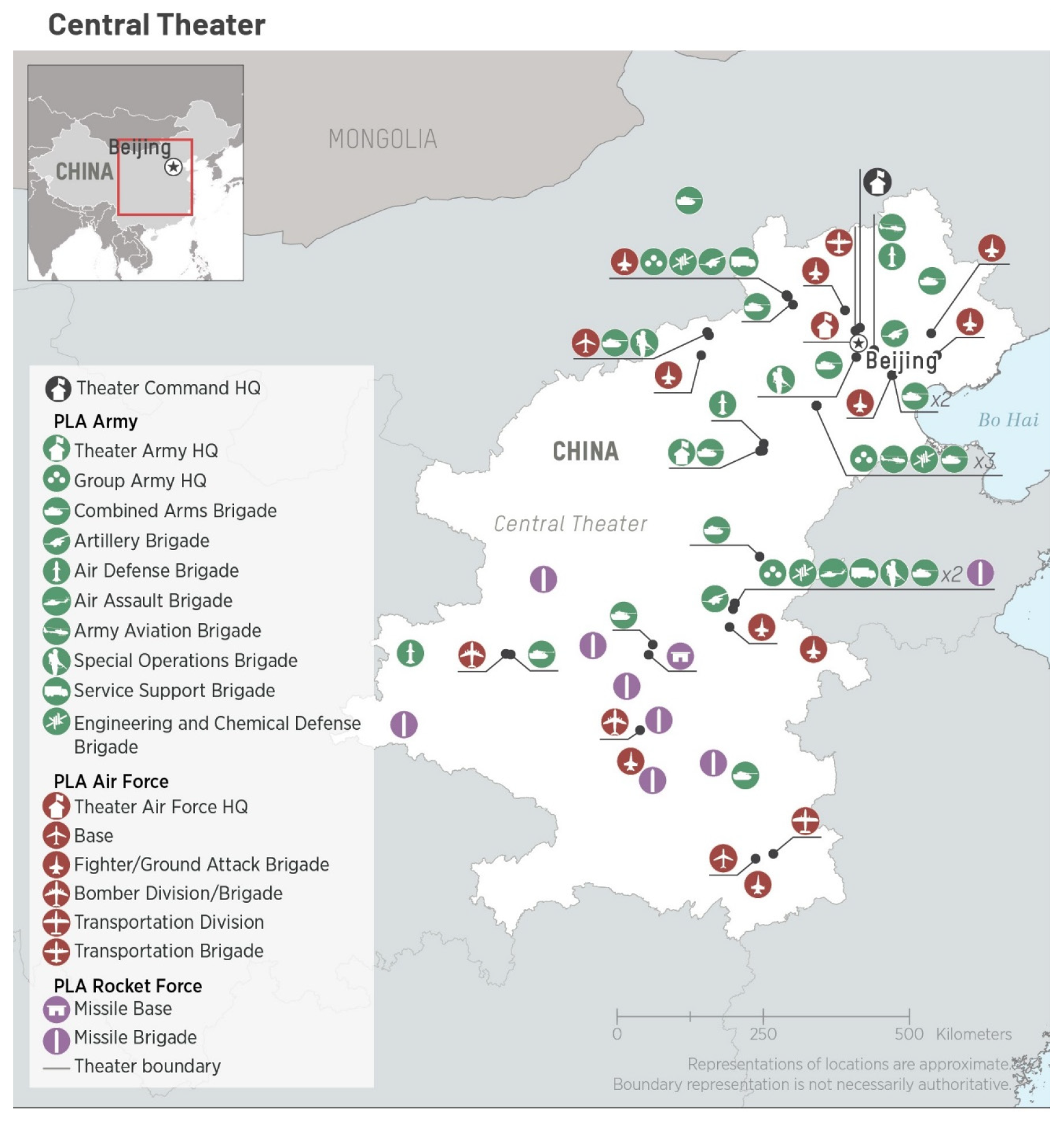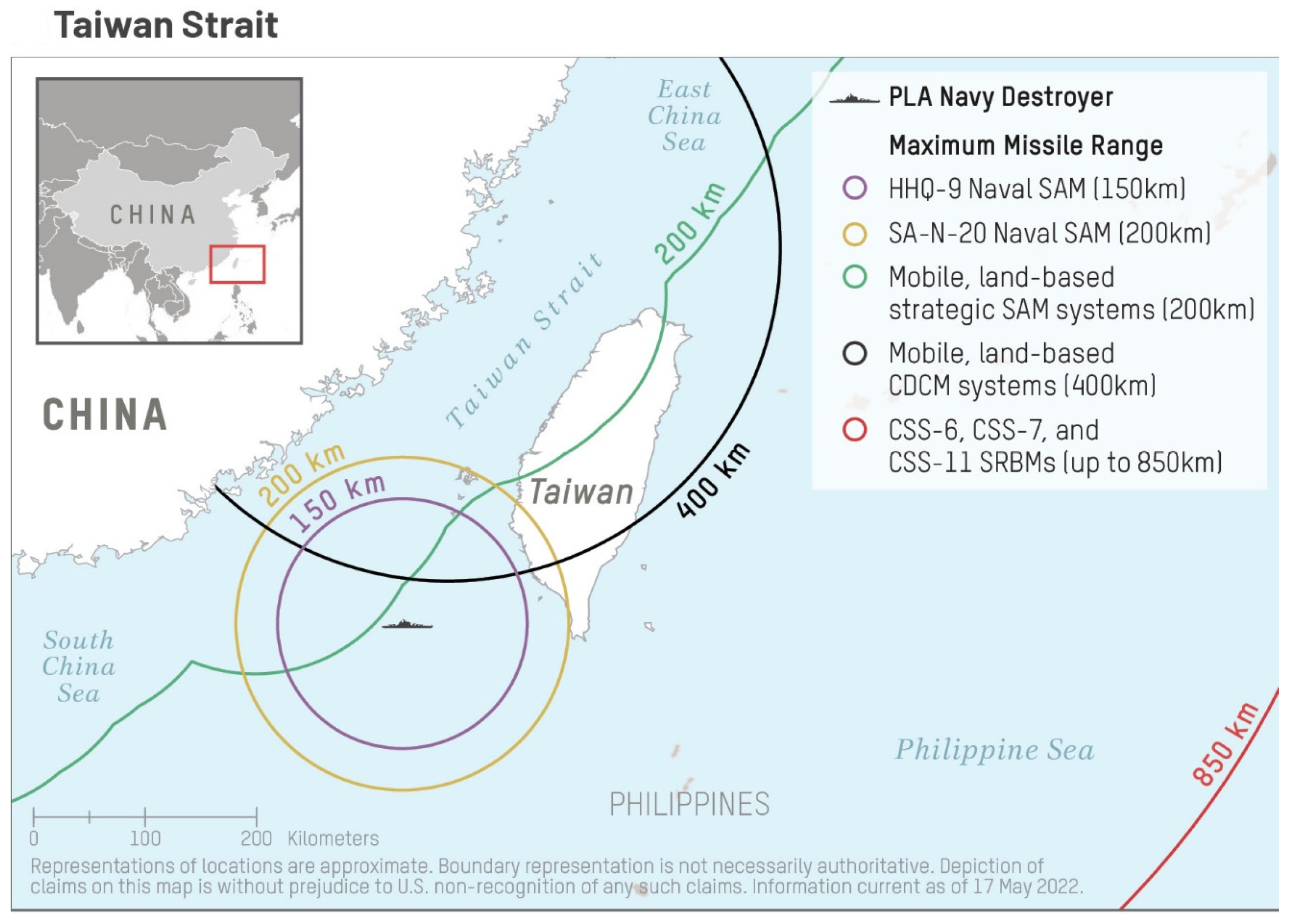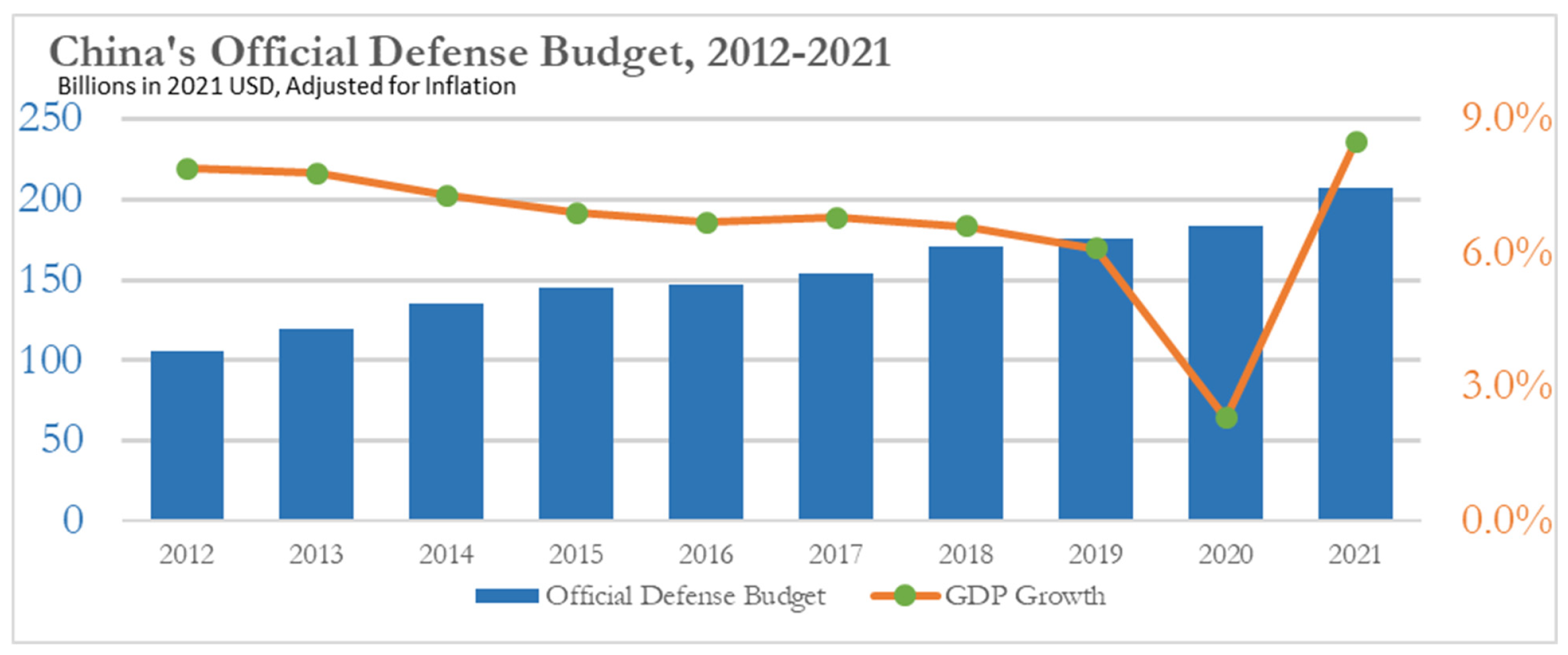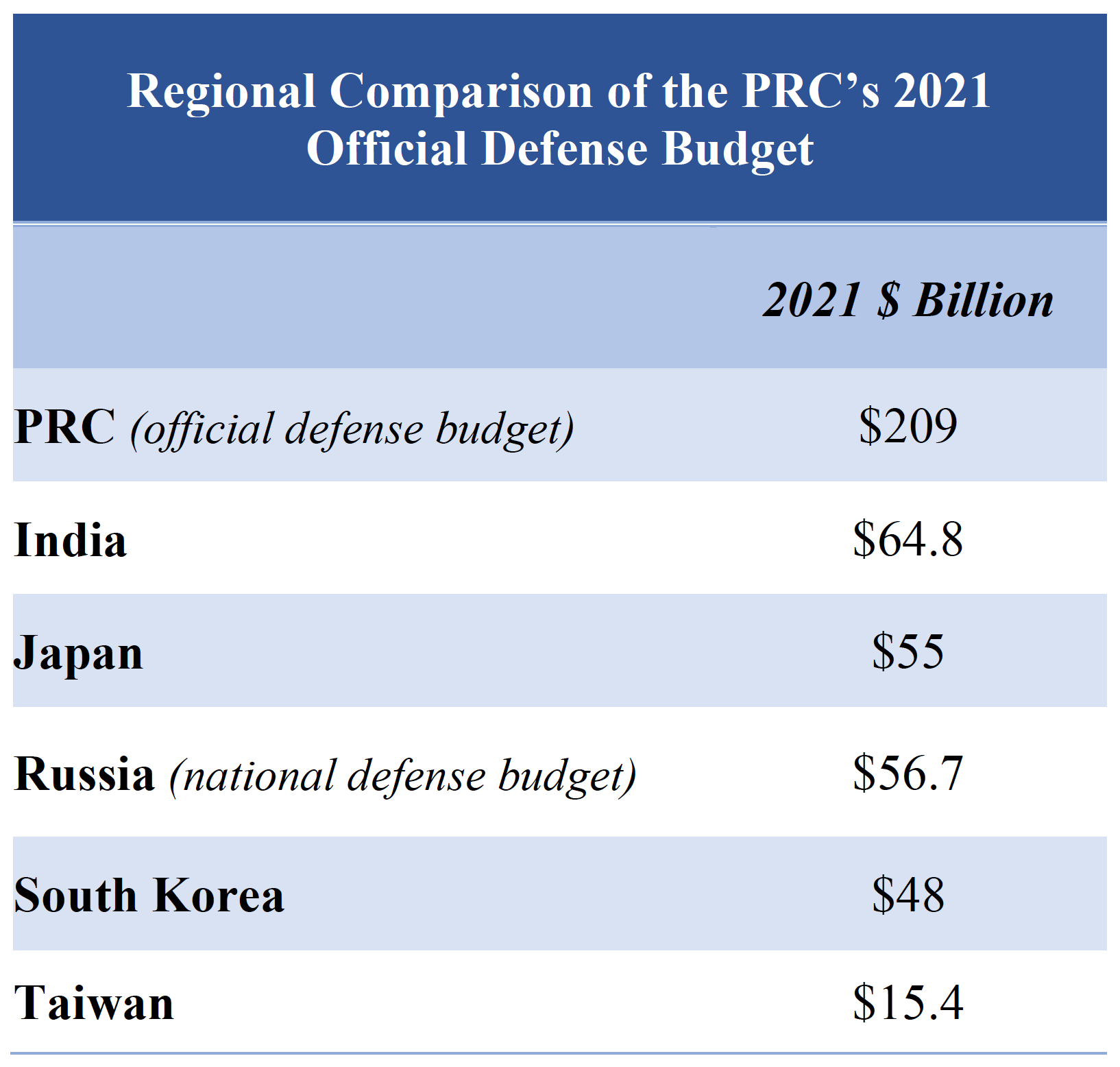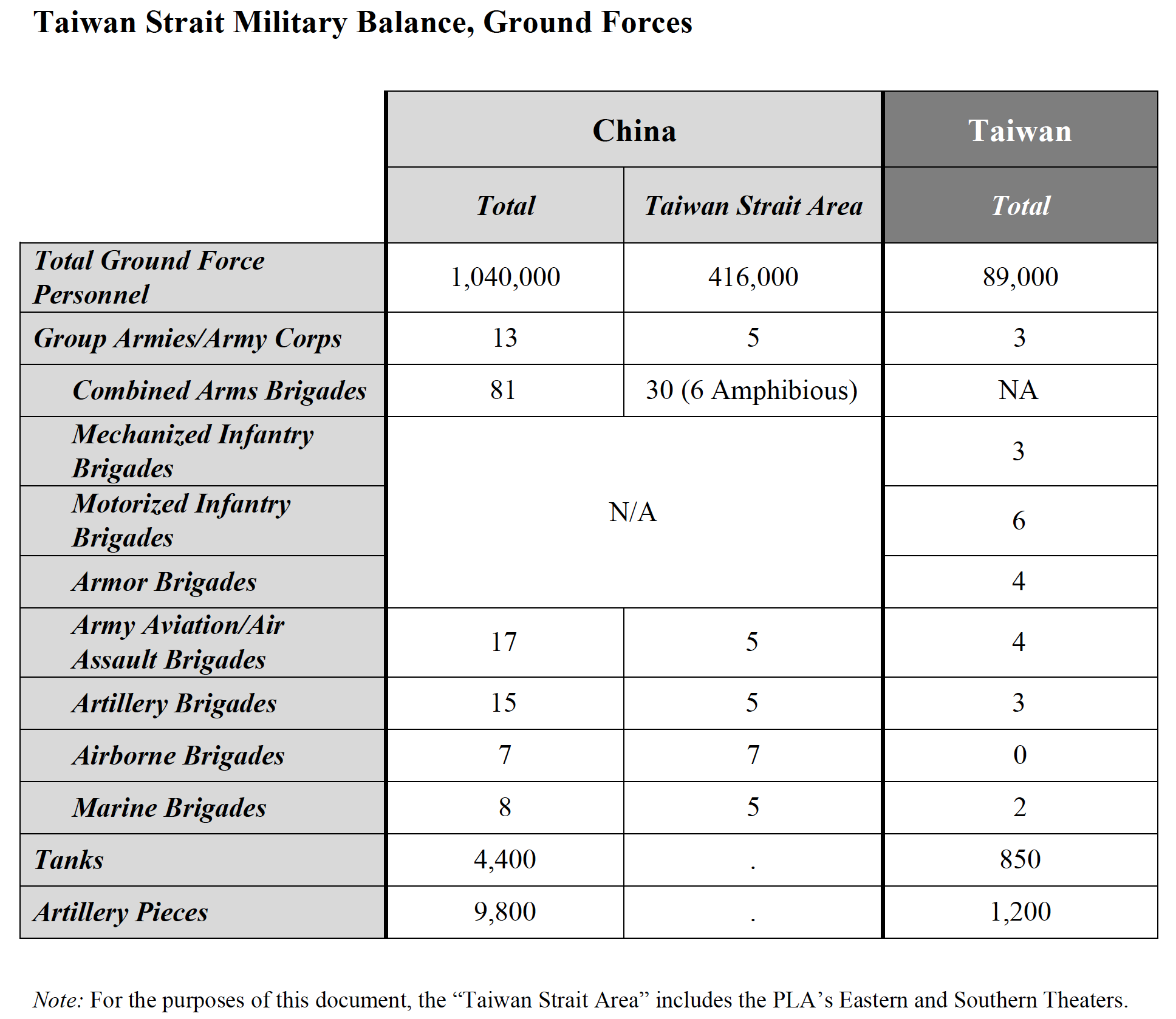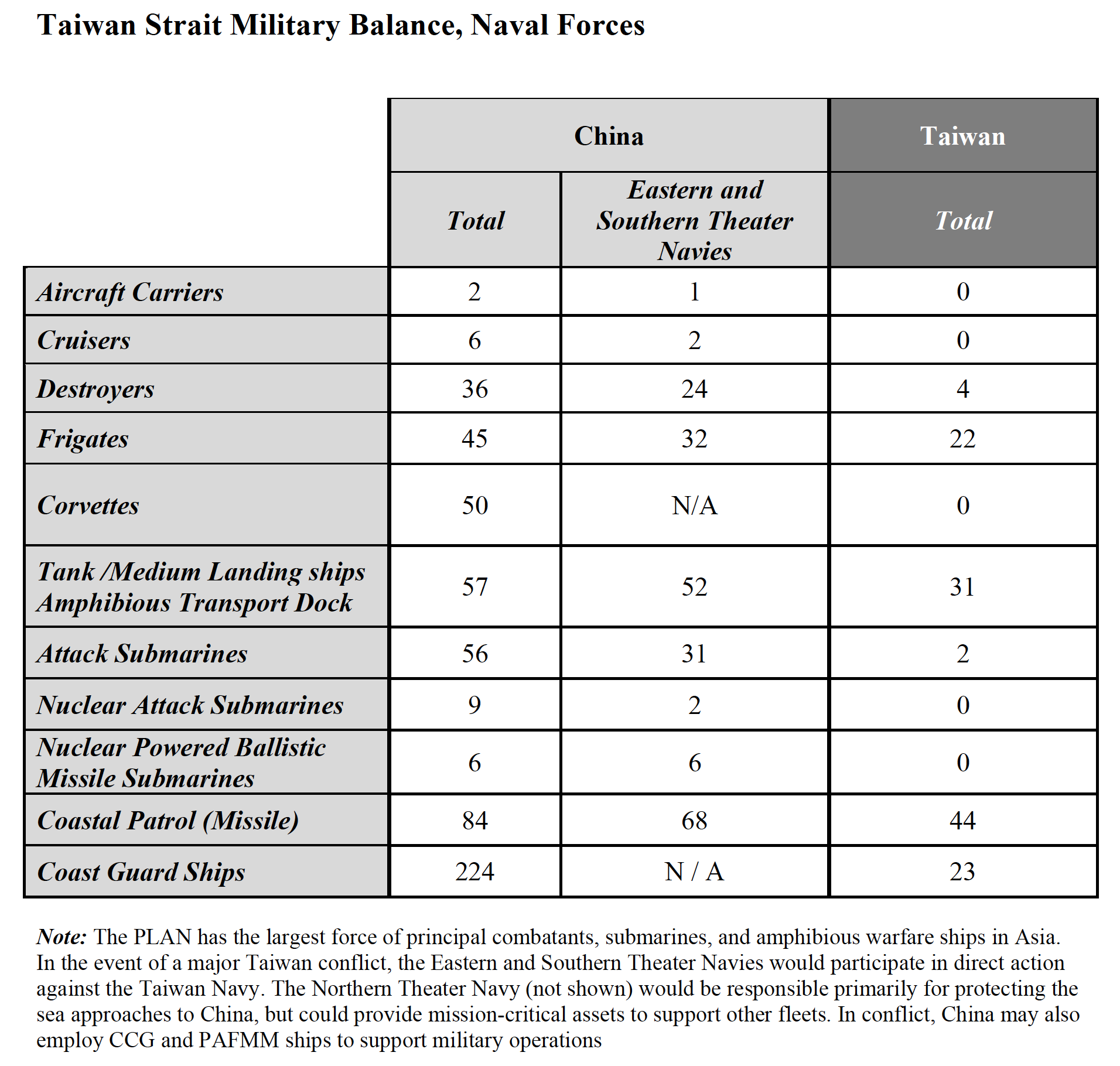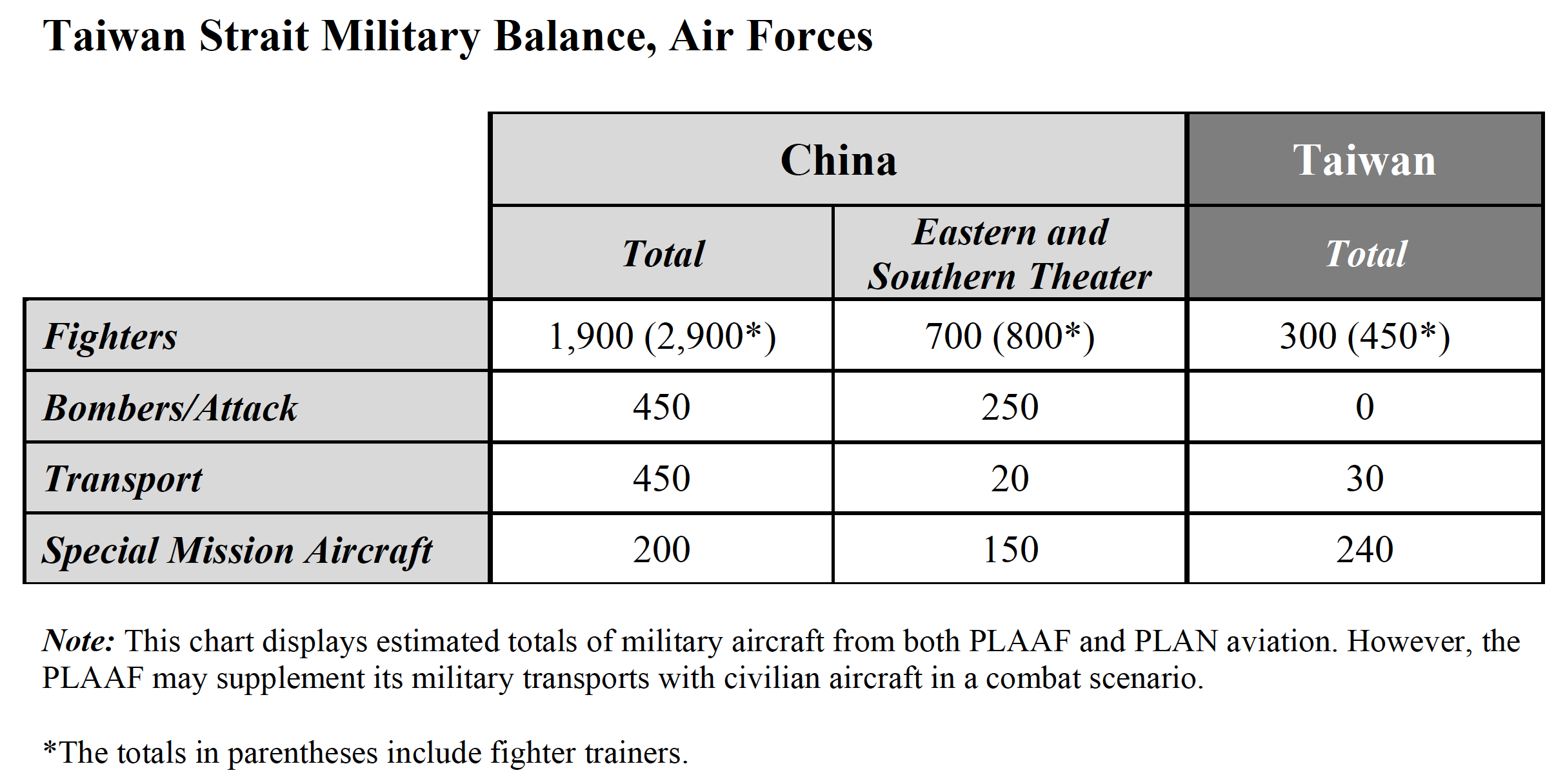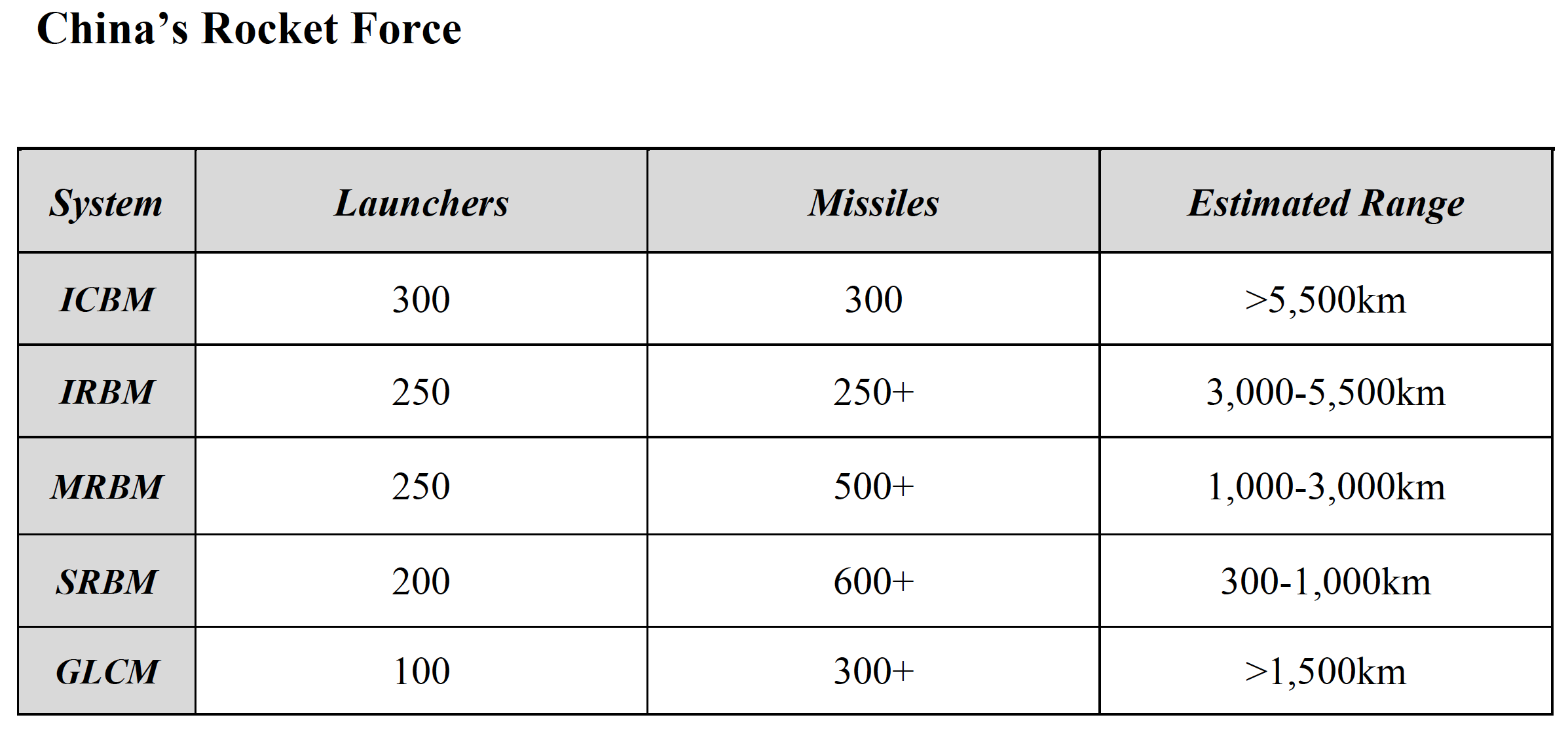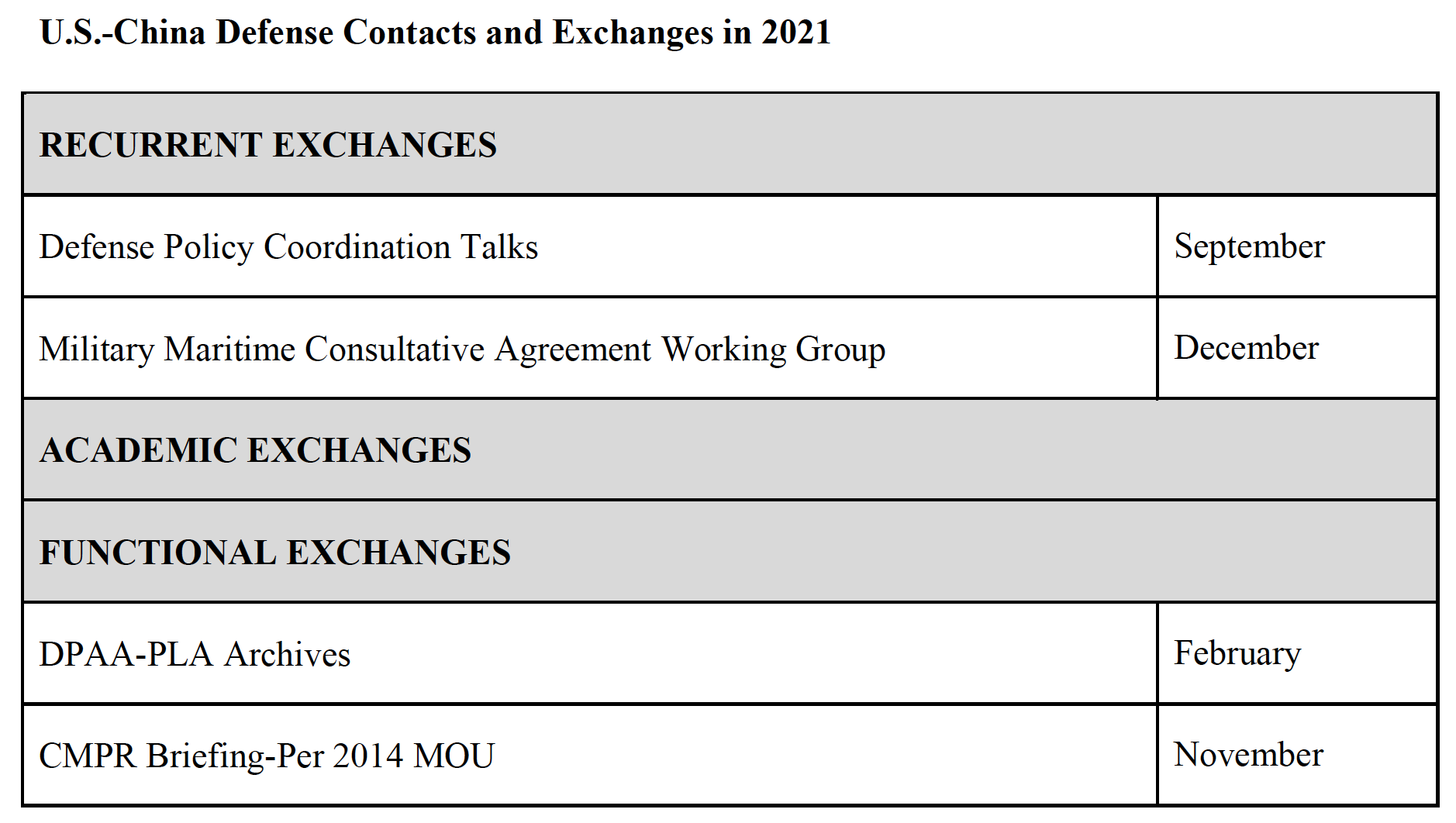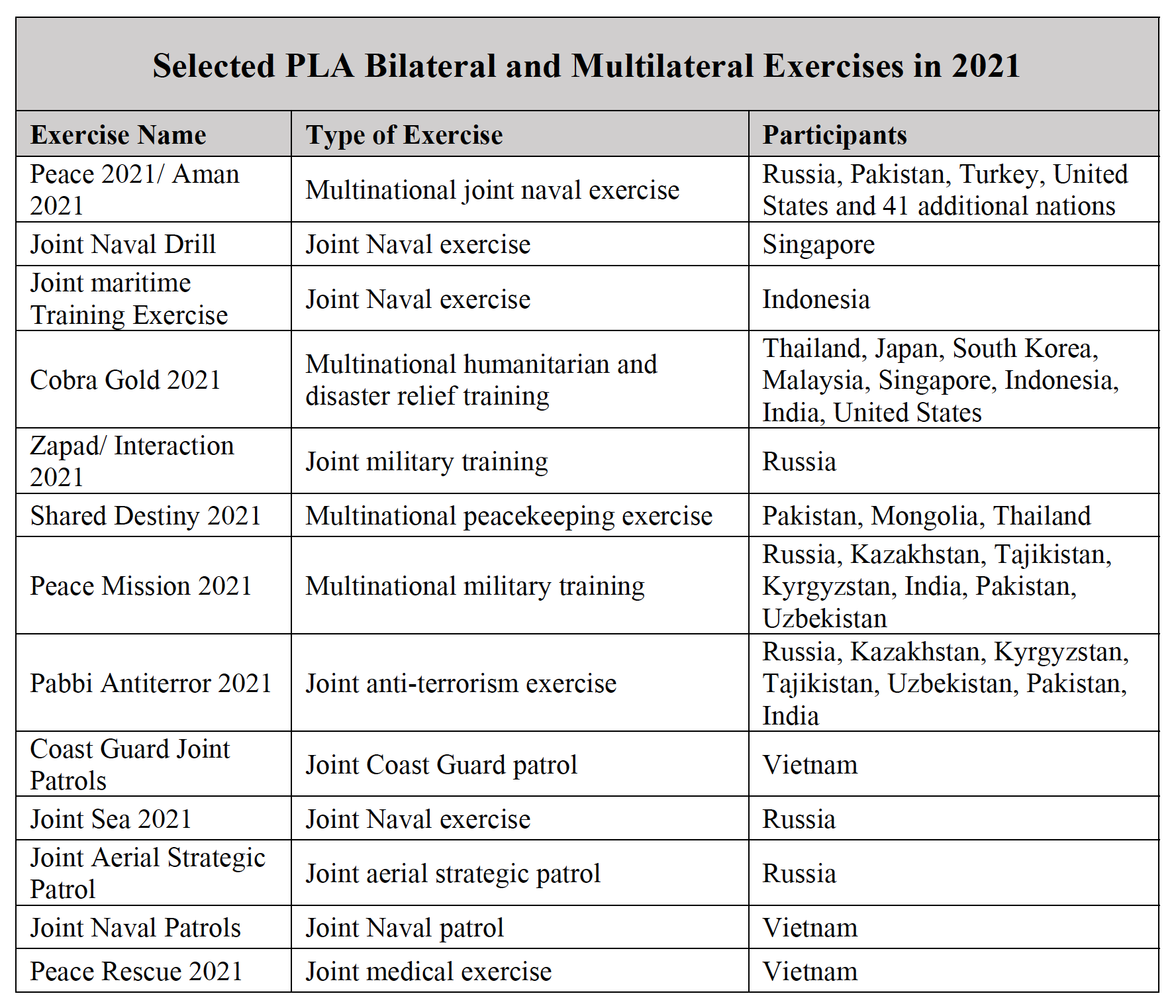Under Xi’s Command: Pentagon’s 2022 China Military Power Report Documents Relentless Ramp-Up Toward 2027 & Beyond
My initial take:
This year’s report documents a relentless ramp-up of PRC military capabilities toward 2027 and beyond. Despite having over 400 nuclear warheads already, and expanding at a rate that would reach 1,500 by 2035, Beijing refuses to acknowledge its buildup, let alone engage in arms control discussions. We are seeing the dangerous results of Xi’s decade-and-counting in command: demanding unconditional deference at home and, increasingly, abroad.
PRC nuclear weapons policy is ultimately the preserve of the paramount leader. With rapid, open-ended buildup and shunning arms control discussions, Xi is putting his decade-and-counting-in-power stamp on nuclear weapons force structure. Worryingly, it’s the same stamp he’s put elsewhere: commanding deference despite growing opposition.
The report offers numerous datapoints suggesting great advances in targeting and long-range precision strike. Two of the most dramatic among them: The People’s Liberation Army Rocket Force (PLARF) last year launched more ballistic missiles, outside of conflict zones, than the rest of the world combined (approximately 135). And since 2018, China has nearly-doubled its on-orbit ISR systems since 2018 to more than 260.
Facing the Taiwan Strait, the report describes a worrisome panoply of mounting capabilities and increasingly focused training. Last year, the PLA conducted frequent amphibious training, with more than 120 instances in a three-month period.
Around the world, the report documents widespread efforts to develop overseas access and basing for the PLA. Notably, it assesses that Beijing has established its first Indo-Pacific overseas base in Ream, Cambodia; and has courted the Solomon Islands and Vanuatu, in addition to Namibia (where China’s Strategic Support Force already operates a tracking, telemetry, and command/TT&C ground station to support space missions).
Office of the Secretary of Defense, Military and Security Developments Involving the People’s Republic of China 2022 (Washington, DC: Department of Defense, 29 November 2022).
KEY POINTS:
pp. 32-38: 2027 and Taiwan
p. 94:
“DoD estimates China’s operational nuclear warhead stockpile has surpassed 400.”
“If China continues the pace of its nuclear expansion, it will likely field a stockpile of 1500 warheads by its 2035 timeline.”
p. 98: “A 2017 defense industry publication indicated a lower-yield nuclear weapon had been developed for use against campaign and tactical targets that would reduce collateral damage. … The DF-26 is the PRC’s first nuclear-capable missile system that can conduct precision strikes, and therefore, is the most likely weapon system to employ a lower-yield warhead in near term.”
p.64: launched approximately 135 ballistic missiles for testing and training
p. 65: FOBS
p. 89: “As of 2023, China’s ISR satellite fleet contained more than 260 systems—a quantity second only to the United States, and nearly doubling China’s in-orbit systems since 2018.”
p. 90: “China owns and operates more than 60 communications satellites, at least four of which are dedicated to military use.”
p. 91: “BeiDou… consists of 49 operational satellites.” “BeiDou has a worldwide positional accuracy standard of 10 meters; accuracy within the Asia-Pacific region is within 5 meters.”
p. 96: PRC Military Courses of Action Against Taiwan
p. 129: “Amphibious trainings were frequent in 2021—in one three-month period the PLA held more than 120 maritime trainings.”
pp. 141-42: China in the Polar Regions
p. 143: PLA Overseas Basing and Access
p. 145: “The PLA has likely considered Cambodia, Myanmar, Thailand, Singapore, Indonesia, Pakistan, Sri Lanka, United Arab Emirates, Kenya, Seychelles, Equatorial Guinea, Tanzania, Angola, and Tajikistan among other places as locations for PLA military logistics facilities. The PRC has probably already made overtures to Namibia, Vanuatu, and the Solomon Islands. The PLA is most interested in military access along SLOCs from China to the Strait of Hormuz, Africa, and the Pacific Islands.”
“The PRC’s military facility at Ream Naval Base in Cambodia will be the first PRC overseas base in the Indo-Pacific. … If the PRC is able to leverage such assistance into a presence at Ream Naval Base, it suggests that the PRC’s overseas basing strategy has diversified to include military capacity-building efforts.”
COMPLETE SET OF GRAPHICS FROM 2022 CMPR:

